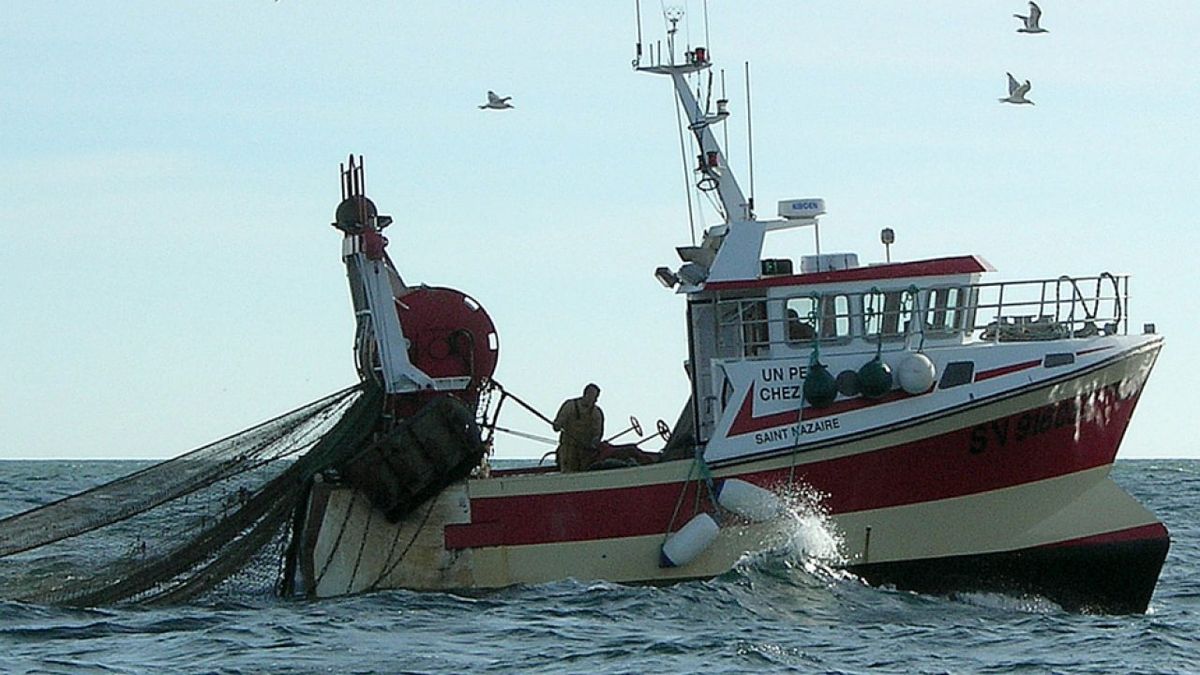The drought causes the Rhine level to drop further. People also feel this in their everyday lives: Because they have to pay more for refueling or the compulsory break for many ferries means long detours.
Comparatively high prices at the gas stations in southern Germany, bottlenecks in transporting coal to the power plants and huge detours for commuters because ferries stay on the bank: the low water on the Rhine is causing more and more problems in many areas of life, because Germany’s largest river is an irreplaceable transport route.
The situation
Due to the drought, the water level of the Rhine has continued to fall in recent weeks. In Emmerich, just before the Dutch border, the level reached a historic low of four centimeters in the morning, according to the Federal Waterways and Shipping Administration. In Kaub between Mainz and Koblenz – a particularly important bottleneck for shipping – the level was 31 centimeters. The fairway depth was 1.43 meters.
The shipping
The low water has a strong impact on shipping. “For inland shipping, low water levels mean that the ships can take less cargo with them in order to prevent grounding,” emphasizes the Federal Association of German Inland Shipping. The association cannot quantify the extent of the loss in transport capacity.
However, the Duisburg logistics service provider HGK Shipping has already announced that larger ships can no longer sail at certain points on the Upper Rhine due to their usual draft. The cargo, which is otherwise transported by a freighter, has to be distributed to more and more inland vessels depending on the water level. “However, there is currently a lack of capacity for this,” reported company boss Steffen Bauer.
More expensive petrol
Motorists in southern Germany in particular feel the effects of low water when filling up their wallets. According to a market study by the Federal Cartel Office, they had to pay significantly more for petrol and diesel than the national average for motorists, not least because of the increased transport costs caused by the low water.
Jürgen Ziegner, Managing Director of the Central Association of the Gas Station Industry, says that the Rhine is the decisive transport route for supplying southern Germany for the industry. Petrol or diesel could not be transported in sufficient quantities by rail or truck. “The logistics are not designed for that. We have the Rhine for that.”
The oil industry association en2x had already reported bottlenecks in the gas station supply in the south last week. “Petroleum products are plentiful, but we are faced with major challenges in transporting gasoline, diesel or heating oil to the destinations at the right time and in sufficient quantities.”
Coal transport problems
The low water also causes problems when it comes to supplying power plants with coal – and of all things at a time when the piles are supposed to replace gas-fired power plants because of the Ukraine war. As early as the first week of August, the energy supplier Uniper announced that it might have to reduce electricity production at its Staudinger 5 power plant in Großkrotzenburg, Hesse, due to a lack of supplies. A legal ordinance is now to temporarily give priority to the transport of oil, gas, coal and transformers in rail transport.
Forced break for Rhine ferries
While cargo ships can often travel on the Rhine, at least with a reduced load, more and more car ferries have to stop operating. In the morning it hit the Rhine ferry in Nierstein. But a number of other ferries are also affected: such as the ferries in Zons, in Cologne-Langel/Hitdorf and in Rees on the Lower Rhine. For users, this often means long detours.
A glimmer of hope
In an interview with the “Rheinische Post”, Federal Transport Minister Volker Wissing gave everyone who is suffering from the low water at least some hope with a view to the second half of the month and the beginning of September. There is no quick improvement in sight. “However, for the second half of August and the first half of September, our experts’ latest six-week forecast indicates slight water increases and stabilization of the water levels at a low level.”
Source: Stern
Jane Stock is a technology author, who has written for 24 Hours World. She writes about the latest in technology news and trends, and is always on the lookout for new and innovative ways to improve his audience’s experience.




